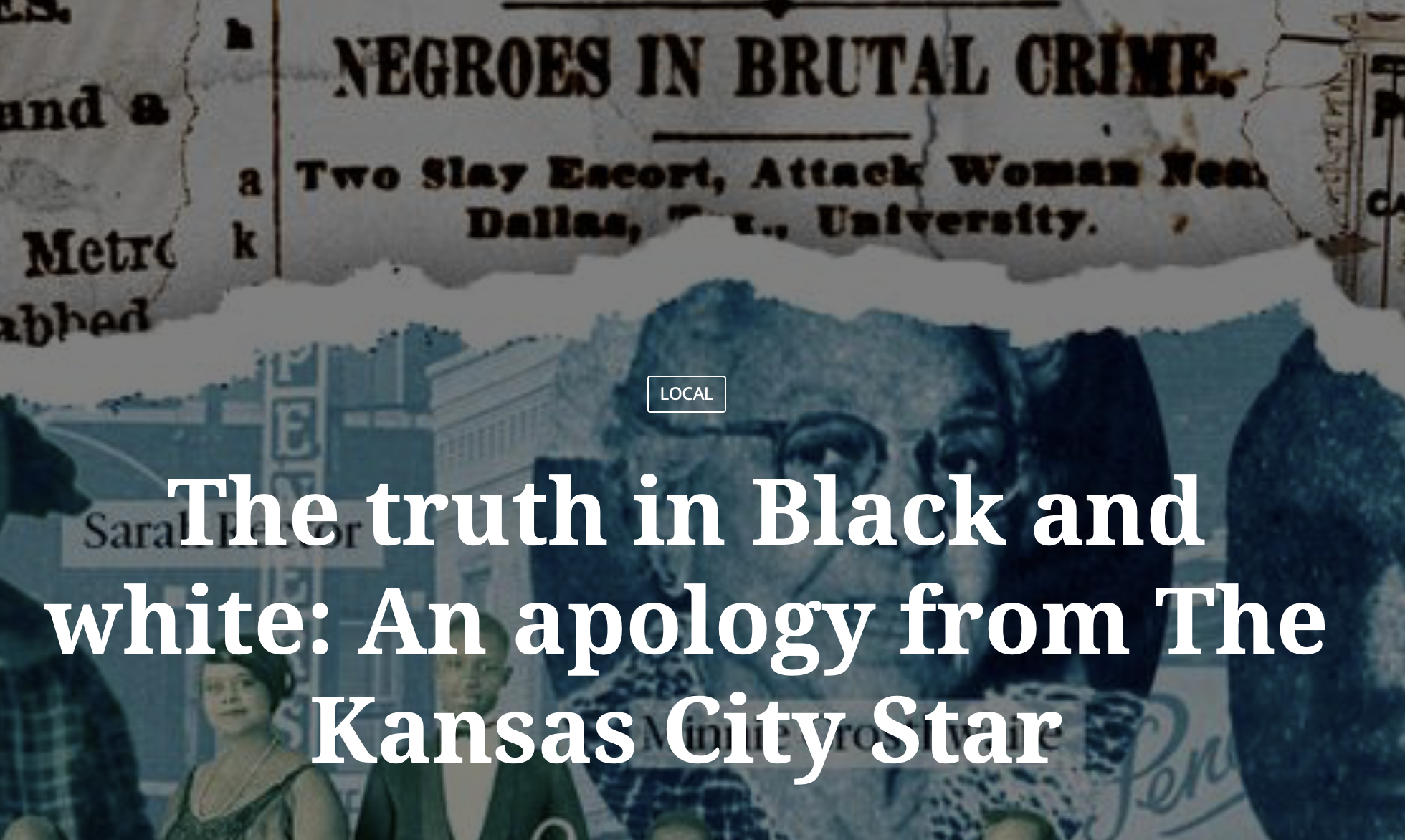Beijing Olympics: Media can't ignore the elephant in the room
/Demonstration of Tibetans and Uyghurs in front of the Brandenburg Gate in Berlin against the Olympic Games in Beijing 2022. (PHOTO CREDIT: C.Suthorn / cc-by-sa-4.0 / commons.wikimedia.org)
The pageantry and inspiring athletic accomplishments of the Winter Olympics in Beijing, China, will captivate many of us for the next two weeks.
It will be easy to forget that outside the TV cameras’ frame, the host country is abusing and killing some of its people.
Human rights groups around the world have called on countries, companies and media to boycott the Beijing Games in protest of an array of documented oppression by the Chinese government, primarily the forced detention and labor of Uyghur Muslims in the Xinjiang region. These groups and the United States, which announced a boycott by diplomats, say China is committing genocide.
But a little genocide isn’t enough to keep corporate sponsors and NBC away when China is such a huge potential economic market and the Olympics are a TV ratings magnet. NBC has paid $7.75 billion to broadcast Olympics through 2032, so it’s going to carry forth. (Many of its announcers and crew will work from the U.S. but that’s because of COVID, not because of crimes against humanity.)
The issue is whether broadcasting endless hours of sports competitions serves to whitewash – or “sportwash” – the image of a country that’s committing atrocities. My department colleague, Dr. Andrew Billings, who has done extensive research on media coverage of Olympics, says such coverage traditionally avoids hard-news issues like this one, and lack of discussion could be considered “tacit condoning” of a host nation’s policies.
The head of NBC Olympics Production said the network will include the “geopolitical context” of the Beijing Games in its coverage, but that the focus will remain on the athletes. Billings said he anticipates NBC will report on China’s human rights violations during pre-competition coverage and as part of its normal news programs. “This might sound like a cop-out, but NBC likely knows that the people who tune in each night do so to watch the Olympic competitions as a form of escapism.”
He thinks it was unrealistic of protesters to expect a boycott by the network. “I completely understand why NBC would opt to show the Games and seek ways to highlight China’s problematic policies in a way that educates on air instead of via a highly costly media boycott.”
Journalists from NBC or any other news organization who want to report on the realities face a related question of how much they can actually do so. China promised press freedom at the Beijing Olympics in 2008, but it didn’t happen. According to the Committee to Protect Journalists, the Foreign Correspondents Club of China reported at least 30 cases of Chinese officials interfering with journalists during the Games, including assaults by police.
In 2022, China has again promised no restrictions but early indicators aren’t good. According to CPJ, international press have been barred from news conferences and competition venues in favor of more friendly domestic press. Further, the government, citing COVID, will confine journalists to the Olympic Village. No travel around the country for the chance to talk to the Chinese people.
The government also tightly controls the internet in its country. It has pledged an unrestricted internet during the Olympics but CPJ nonetheless advises journalists to “assume your devices and online activity will be monitored.”
None of this is surprising from the country that annually jails more journalists than any other country in the world.
The larger question is why Olympic Games take place in repressive countries in the first place. China isn’t the only example (see Sochi, Russia, 2014). One reason is the International Olympic Committee, to its discredit, has always separated sports and politics.
Second, abusive countries see the Olympics as a chance to cleanse themselves in the eyes of the world. Meanwhile, many democratic countries and large cities get spooked by public opposition to the enormous cost of hosting, which is rarely offset by revenue or economic development. Beijing, for instance, beat out only one other bidder, Almaty in Kazakhstan, another problematic nation.
Billings points out that we get to go through these issues of complicity again later this year. The FIFA World Cup begins in November in Qatar.



















